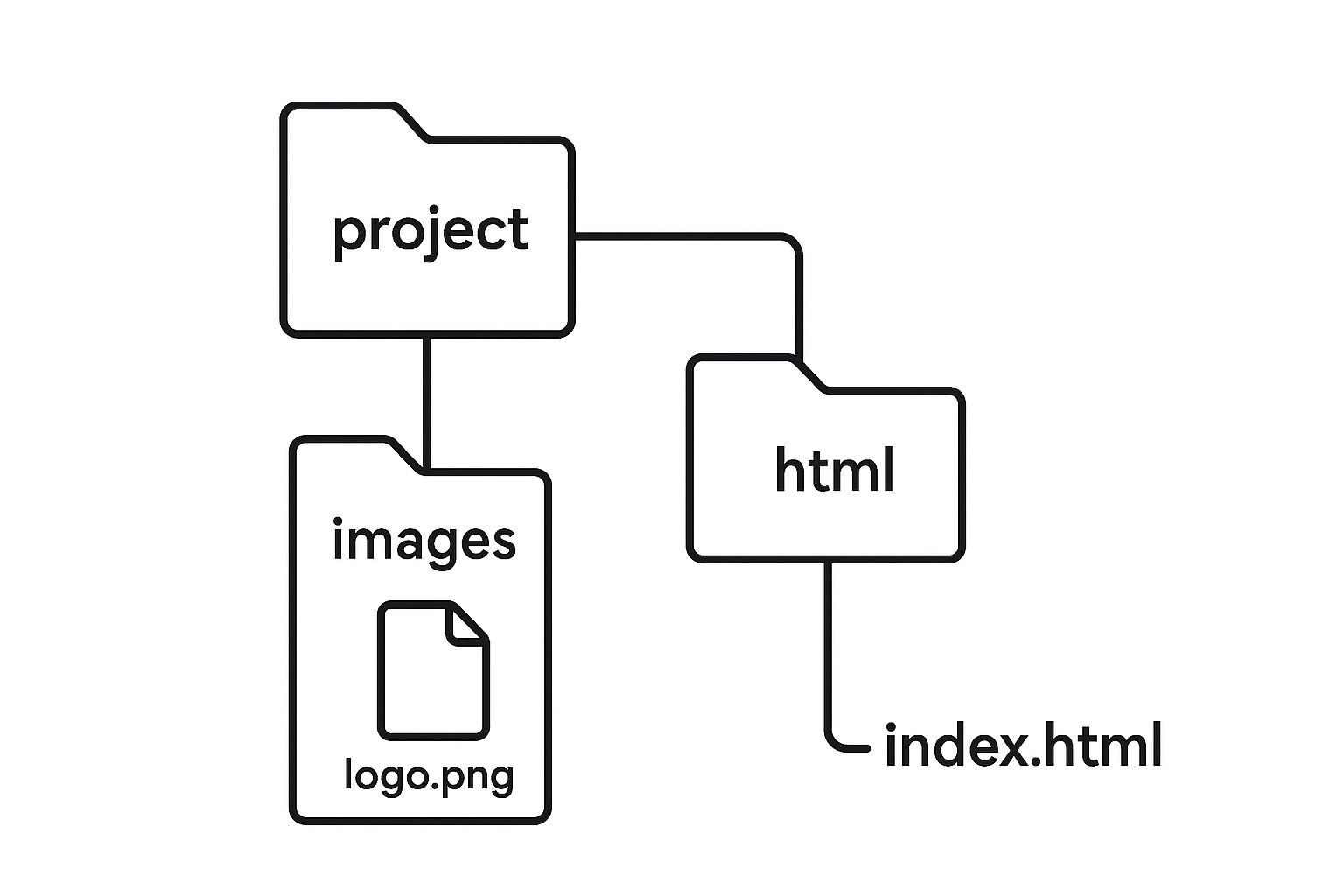In the world of technology, software development, and digital navigation, the concept of a “relative path” plays a crucial role in how systems locate files, links, and resources. In Japan, this idea is expressed by the term “Soutaipasu”—a blend of Japanese and English that symbolizes the fusion of traditional linguistic structure with modern technological vocabulary.
What Does Soutaipasu Mean?
The term Soutaipasu combines two components:
- Soutai – meaning “relative” or “collective body,” suggesting a comparative or contextual relationship.
- Pasu – derived from the English word “path,” commonly used in computing and web navigation.
Together, Soutaipasu translates to “relative path”, a phrase frequently used in programming, website development, and computer file systems.

Soutaipasu in Computing
In computing, a relative path defines a file or directory’s location in relation to the current directory or working environment. It does not start from the root directory (like an absolute path does), but instead from a reference point.
For example, in web development, if you have the following file structure:
/project
/images
logo.png
/html
index.html
The image logo.png can be referenced in index.html using a relative path like this:
<img src="../images/logo.png" alt="Logo">
This path tells the system to move one level up (../) and then into the images folder to find the file. This approach makes websites and applications more flexible, portable, and easier to maintain across different environments.

Why Soutaipasu Matters
Using Soutaipasu has several advantages, especially for developers and designers working in dynamic or collaborative environments:
- Portability – Files and projects can be moved between systems without breaking links.
- Efficiency – Relative paths reduce redundancy and simplify code.
- Consistency – Helps maintain a clean structure across large projects.
- Localization – In multilingual or region-specific projects, Soutaipasu supports flexible file references without requiring full path rewrites.
This concept is particularly relevant in Japanese software engineering, where terms like Soutaipasu seamlessly bridge English technical vocabulary with native linguistic nuance.
Soutaipasu Beyond Technology
While Soutaipasu originated in the digital sphere, its conceptual foundation — relativity and connection — can also be applied metaphorically. In Japanese culture, the notion of “relation” or “context” plays an important role in communication, art, and design.
Just as a relative path depends on its starting point, human understanding and relationships are also contextual — shaped by surroundings and perspectives. This makes Soutaipasu not just a technical expression, but also a subtle reflection of how Japanese language and culture embrace relational thinking.
Soutaipasu in Modern Usage
In modern Japanese tech communities, It is commonly used when:
- Discussing file management systems or coding tutorials in Japanese.
- Describing directory navigation in user manuals or programming guides.
- Teaching web development concepts to students and beginners.
It represents the growing synthesis of Japanese linguistic precision and global technological terminology, a hallmark of Japan’s digital evolution.
Conclusion
The concept of Soutaipasu perfectly embodies how Japan integrates foreign ideas while preserving linguistic identity. Whether in programming, web development, or metaphorical thinking, it reminds us that everything is connected through context and relation — just like files within a digital system.
So, the next time you organize files or write a line of code, remember the essence : it’s not about the destination alone, but the relationship that connects every path along the way.

